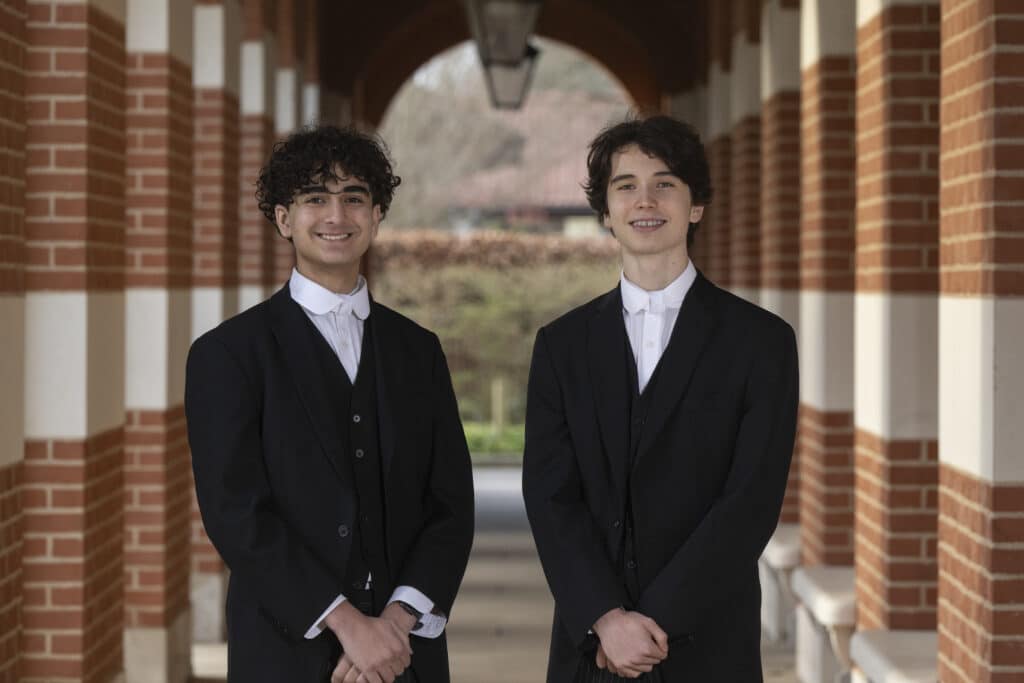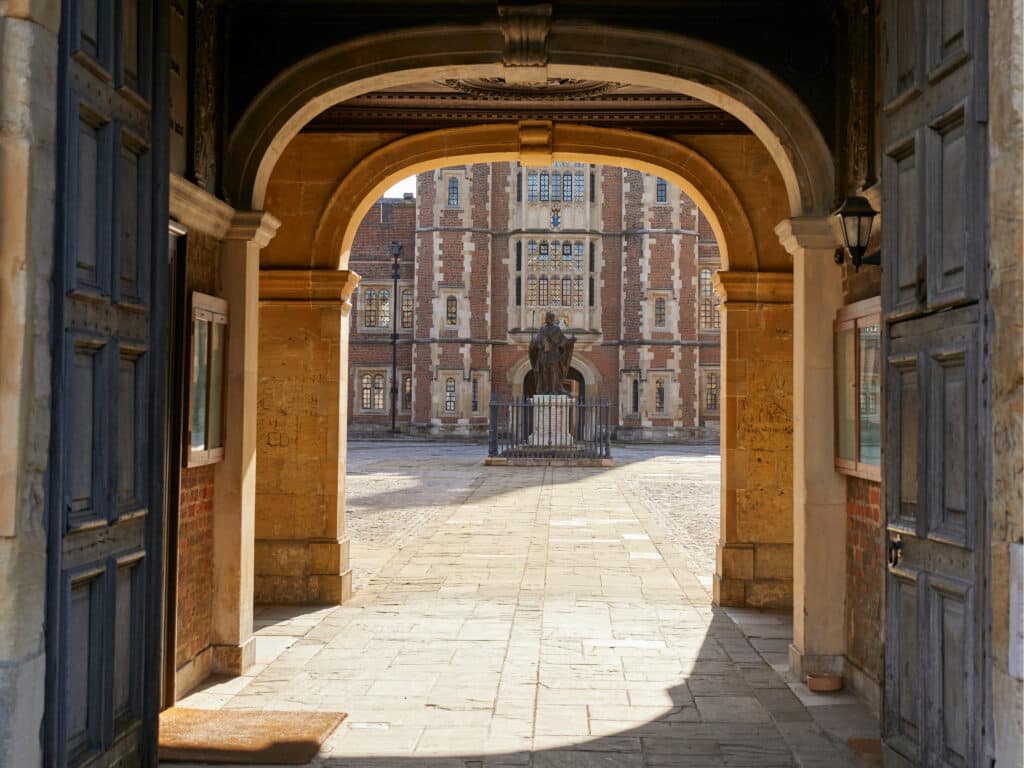Last month the Science Society welcomed virologist Dr Michael Skinner, a specialist in developing tests and vaccines for emerging viruses. Dr Skinner is a Reader in Virology at Imperial College London who played a significant role in the early testing and sample analysis of COVID-19 in May to July of this year. Working from Germany, he was amongst a handful of scientists worldwide reading the first genome sequences of viruses that had been largely ignored for more than two decades. They were used to explain how and why new coronaviruses such as SARS, MERS and SARS-COV-2, have so readily emerged.
There is consensus amongst scientists that the rise in influential pandemics means world governments need to prepare in advance for a potential viral outbreak. Dr Skinner illustrated the reasons why COVID-19’s transmission had occurred so swiftly, taking the virtual audience on a whistle-stop tour of the virus and its genetic coding, evolutionary pathway and infection mechanism.
Dr Skinner also touched on own experience at the Lighthouse Centre in Milton Keynes, where he worked 12 hour shifts for eight weeks, analysing and examining the virus in its initial stage. He highlighted the difference between his experience of the process and that reported by the media, especially during the height of the pandemic in late spring and early summer.
With the news last week of three potential vaccines for COVID-19, Dr Skinner’s presentation of their development was particularly topical.
Dr Skinner provided a glimpse into the hectic and exhausting nature of working to understand the virus. With scientists wrestling to build public awareness and understanding, and form solutions to help the return to ordinary life, we owe them a debt of gratitude for all of their hard work.



